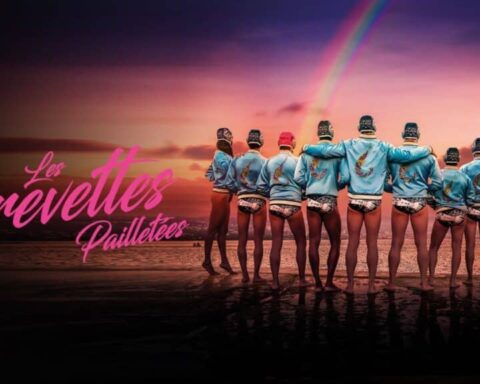In the vast expanse of the modern musical ether, where the echoes of pop divas and indie darlings converge into a cacophony of familiar motifs, there emerges a voice, a pulse—an audacious surge of sound and spirit that is Chappell Roan. She is not merely a musician; she is an architect of emotions, a conjurer of sonic landscapes that resonate deeply with the echoes of alternative souls and the vibrant hues of the LGBTQIA+ spectrum.
Roan’s music, like a meticulously woven tapestry, threads together the raw fibers of vulnerability with the gilded strings of defiance. Her melodies drift like whispers in a cathedral of glass, where every note is a prism, refracting light into the dimly lit corners of human experience. She beckons listeners into a liminal space—an aural sanctuary where identities are not just acknowledged but exalted, where the heart’s hidden chambers are unlocked by the simple twist of a melody, the turn of a phrase.

To categorize Chappell Roan’s work within the rigid confines of genre is to attempt to tether the wind. It is in the liminality of her sound—neither fully pop, nor entirely indie—that her music breathes. Her lyrics, drenched in poetic poignancy, oscillate between the ethereal and the visceral, capturing the ephemeral nature of existence while grounding it in the gritty reality of desire, loss, and rebirth. There is a duality in her artistry, a dance between the light and the shadow, the known and the arcane, that speaks to the souls navigating the labyrinthine corridors of identity and belonging.
In her anthem, “Pink Pony Club,” Roan creates a world where the marginalized find solace. It is a hymn for the outcasts, a jubilant parade of self-acceptance that transcends the bounds of ordinary experience. The track is an invocation—a call to the wild and the free, a celebration of the self in all its glorious, imperfect splendor. Here, Roan’s voice ascends into the heavens, carrying with it the hopes and dreams of those who have long been silenced. The song’s infectious rhythm serves as a heartbeat for the LGBTQIA+ community, a pulse that quickens with the promise of liberation, of unapologetic existence.

But it is not only through her sound that Roan weaves her spell. It is through her very being, her embodiment of the alternative spirit, that she becomes an icon. Her aesthetic—rich in its flamboyance, its rejection of the mundane—invites others to see themselves not as anomalies but as masterpieces in a gallery of life’s most exquisite works. In her presence, the queer and the alternative find a muse, a mirror, and a map—a way forward through the often perilous terrain of self-discovery.
Roan’s impact on the LGBTQIA+ and alternative communities is both seismic and subtle. She does not merely sing for these communities; she sings from them, with them, as one of them. Her music is an embodiment of the collective psyche—a voice for the silenced, a melody for the misunderstood. It is in this convergence of sound and identity that she becomes a beacon, a guide for those navigating the stormy seas of societal expectations and internalized doubt.




In the grand theater of modern music, Chappell Roan is the siren whose song leads us not to destruction, but to a place of refuge—a sanctuary where the alternative and the queer can shed their masks and dance in the full radiance of their truth. She is a bard for the new age, a minstrel of the marginalized, and in her voice, we find not just music, but a movement. Through her, the song of the othered becomes the anthem of the adored, a symphony of self that echoes far beyond the confines of the stage, reverberating in the hearts of all who dare to listen.
In Chappell Roan, we do not simply find an artist—we find a revolution.
(maybe, even, the Rebel Girl Bikini Kill was singing about 1991)









